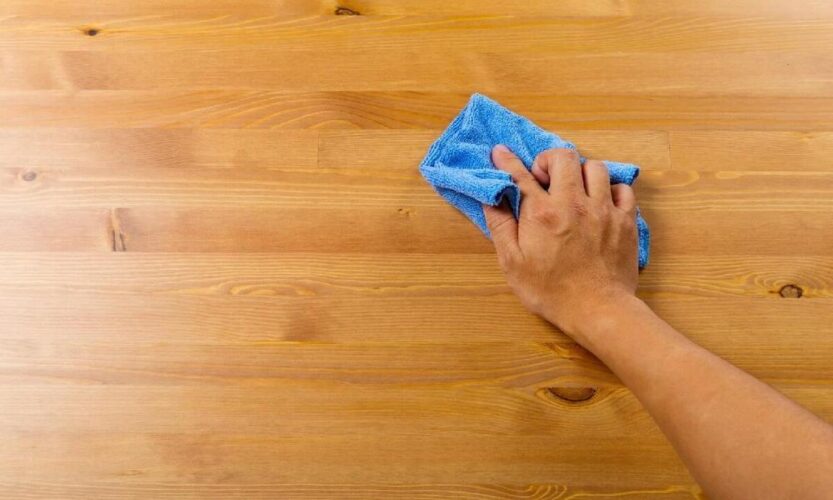Furniture polishing is a common practice to maintain the appearance and longevity of wooden furniture. However, before engaging in this activity, it is important to consider both cost and health factors to make informed decisions. Let’s have a brief overview of cost and health considerations associated with furniture polishing.
Cost Considerations
Furniture polishing may involve expenses that should be taken into account:
- Professional Services: Hiring a professional furniture polisher can be costly but ensures quality results. The cost varies depending on factors such as the size and condition of the furniture, type of polish used, and additional services provided.
- DIY Options: Opting for a do-it-yourself approach can save money. DIY furniture polishing kits are available at hardware stores and online. However, it is important to consider the cost of purchasing the necessary supplies, including the polish, applicators, and protective gear.
- Frequency of Polishing: Regular furniture polishing helps maintain its condition. However, it is essential to strike a balance as excessive polishing can lead to unnecessary expenses. Determine an appropriate frequency based on the furniture’s usage and condition to avoid overspending.
Health Considerations
Furniture polishing involves the use of various chemicals and substances that can pose health risks. Here are some important health considerations to keep in mind:
- Chemical Exposure: Polishing products often contain solvents, varnishes, and other chemicals. Prolonged or excessive exposure to these substances can lead to respiratory issues, skin irritation, or allergic reactions. Always read and follow the manufacturer’s instructions for safe usage and consider using products with low volatile organic compounds (VOCs) to minimize health risks.
- Ventilation: When polishing furniture indoors, ensure proper ventilation to minimize the inhalation of fumes. Open windows or use fans to improve airflow and reduce the concentration of chemical vapors in the room.
- Personal Protective Equipment (PPE): Wearing appropriate PPE, such as gloves, goggles, and a mask, is crucial to protect yourself from chemical exposure. PPE acts as a barrier and minimizes the risk of skin and respiratory irritation.
- Eco-Friendly Alternatives: Consider using eco-friendly furniture polish options that are formulated with natural ingredients and have lower environmental impacts. These alternatives can be safer for both your health and the environment.
Conclusion
Before undertaking furniture polishing, it is essential to consider both cost and health factors. Assessing the expenses involved, exploring professional services versus DIY options, and determining an appropriate polishing frequency will help you make a cost-effective decision. Additionally, taking precautions such as using proper ventilation, wearing protective gear, and opting for eco-friendly products will minimize health risks associated with chemical exposure. By considering these factors, you can maintain the beauty and longevity of your furniture while ensuring your well-being and budget are taken into account.

